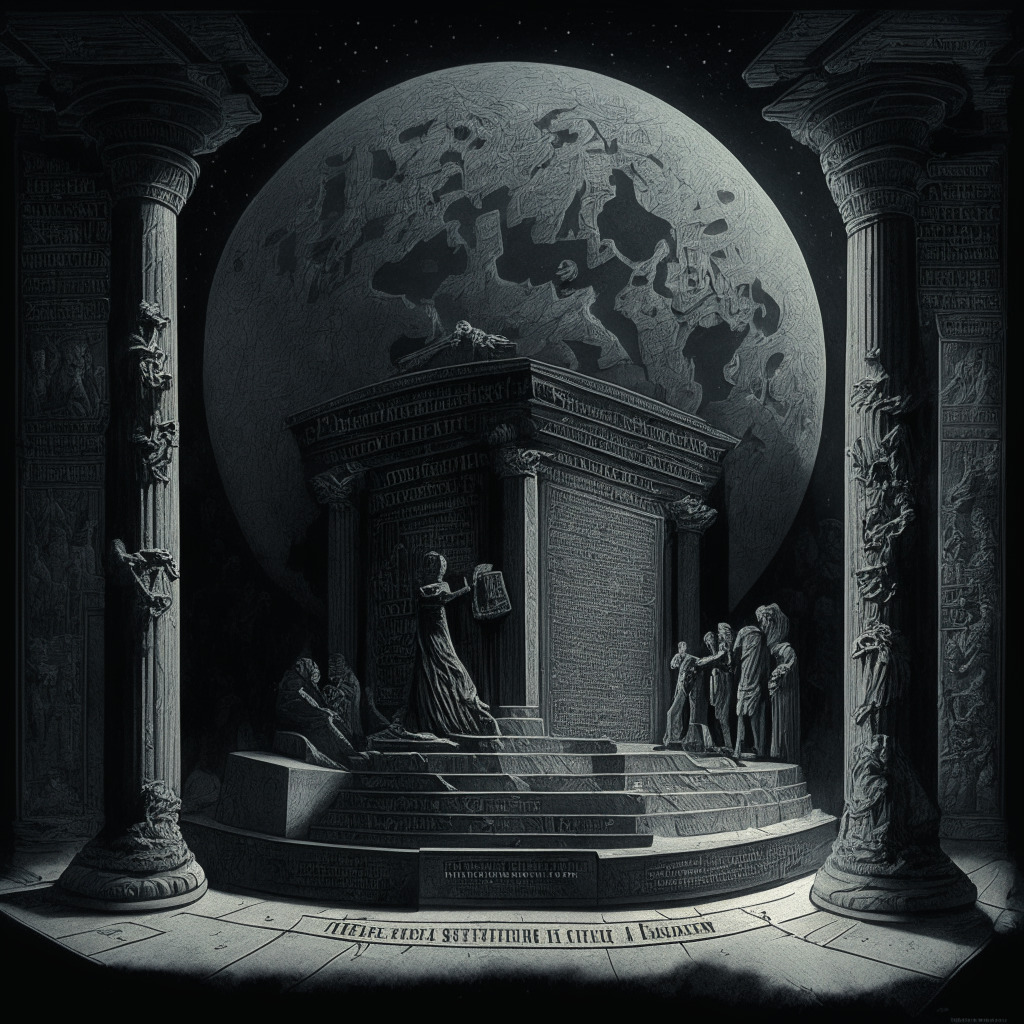In an exciting move for the blockchain world, Dinari, a blockchain-based stock trading platform, has obtained preliminary regulatory approval to tokenize stocks—a notable stride for those interested in real-world asset tokenization. Regulated by the Financial Industry Regulatory Authority (FINRA), Dinari plans to replicate the US stock market within the bounds of securities laws, according to a report from Bloomberg.
Since registering with the Securities and Exchange Commission as a transfer agent, Dinari can now distribute dividends and keep track of who owns which securities. This development comes as the company released its flagship product, Dinari Securities Backed Tokens (dShares), last week. The tokens are designed to allow non-US investors to hash out shares of major US companies and ETFs, including Tesla, Walt Disney, and Nvidia, using cryptocurrencies.
In a rather refreshing take on regulation, particularly in the cryptosphere, Dinari’s CEO and co-founder, Gabriel Otte, praised the robust regulatory environment of US stock exchanges. According to Gabriel, the regulatory infrastructure has been instrumental in molding the United States into the world’s leading securities market since the 1920s.
Yet, while Dinari may be embracing regulation, hurdles remain. Positively, it’s implementing ‘know your client’ protocols and planning to bring on a third-party auditor for compliance checks. However, dShare holders can only sell their tokens back to Dinari, and purchases are confined to US trading hours. Besides, Dinari, being non-custodial, means users must store the tokens themselves—an aspect that might deter some.
Co-founder and chief legal officer Chas Rampenthal provided a sensible perspective on these challenges, stating, “In order to run, you have to walk, and in order to walk, you have to crawl.” This statement is an acceptance of the limitations today, but just as importantly, it is indicative of the inherent potential and ambition of the company, as it hopes to evolve to operating an exchange where these securities can be traded.
In conclusion, the move from Dinari reflects growing interest and faith in the potential of real-world asset tokenization. It also points forward to a future where tokenization can create a decentralized, transparent alternative to Wall Street. With tokenization and the emergence of central bank digital currencies being cited as key drivers towards the mass adoption of blockchain technology, blockchain’s future appears optimistic. However, the road to replicating a system as extensive as the US stock market is fraught with complexities and obstacles. The company’s success in navigating these will determine its place in the future of financial systems.
Source: Cryptonews




